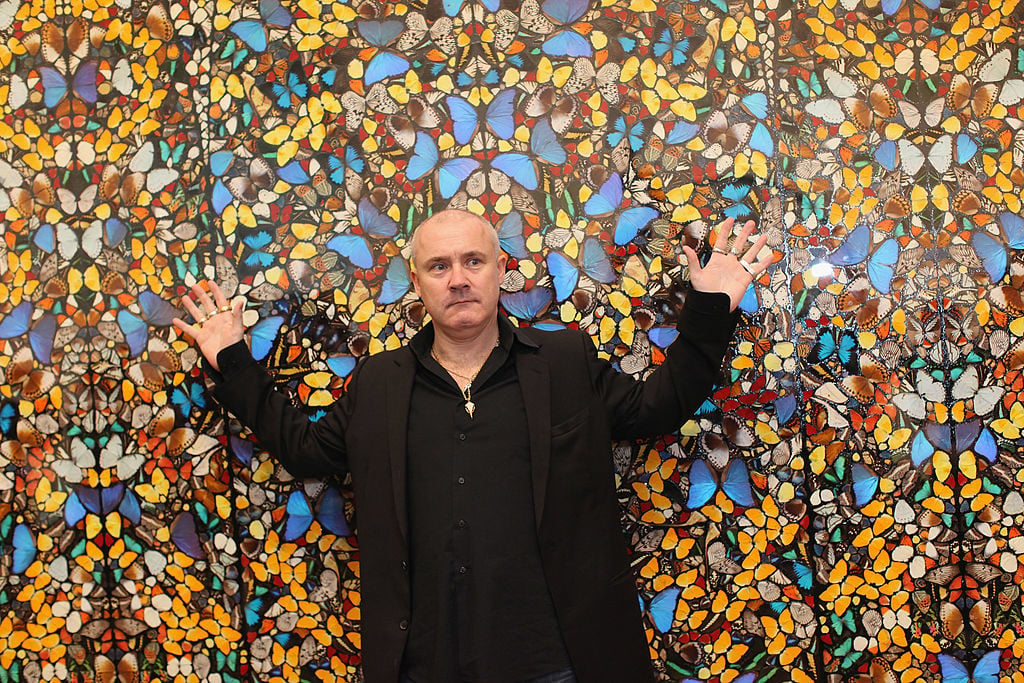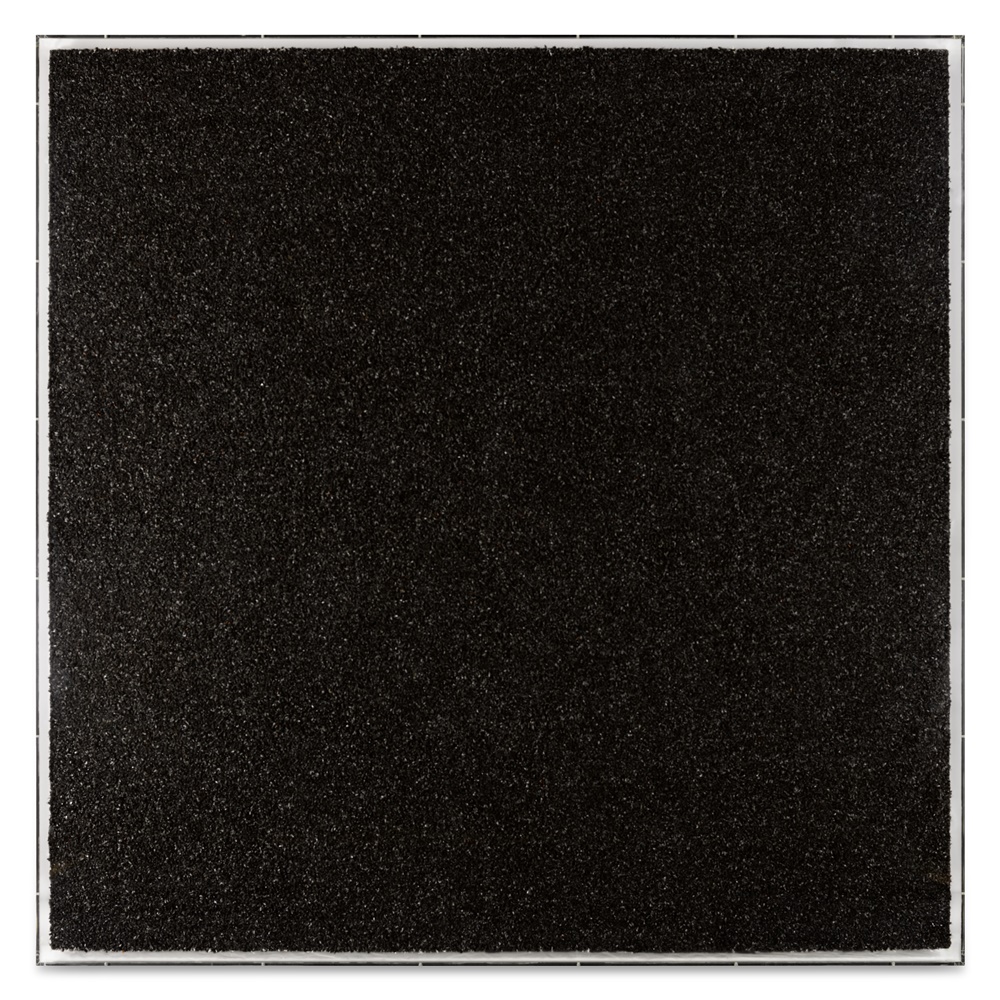Auctions
Auction Scorecard: How Did Damien Hirst Fare in This Week’s Sales?
Spotty prices for spot paintings and other Hirst works.

Spotty prices for spot paintings and other Hirst works.

Eileen Kinsella

Damien Hirst’s divisive exhibition, “Treasures From The Wreck of the Unbelievable,” was heralded as a comeback for the bombastic British artist. But many wondered whether the show—which presents Hirst’s first major new body of work in a decade—would also inject a jolt of electricity into his previously sleepy market.
We surveyed the Hirst works on offer at this week’s New York auctions—six in total across four sales—in an effort to find out. Although the sample size is admittedly small, the results show that the market for Hirst remains as patchy as ever. Of the works on offer, five found buyers, all within or slightly above expectations, and one failed to sell.
The most telling lot is also the most expensive. The Void (2000) was offered at Phillips’ 20th century and contemporary art evening sale on May 18. It sold for $5.85 million with fees (estimate: $5–7 million).
The work is from Hirst’s famous “Pill Cabinet” series, which features individually colored plaster and painted pills in massive large glass and stainless steel cabinets. The Void is the largest of the pill cabinets ever to come to auction, and one of the first the artist ever made.

Damien Hirst The Void (2000) Courtesy of Phillips.
It was also the first pill cabinet the artist showed in a commercial exhibition (“Theories, Models, Methods, Approaches, Assumptions, Results and Findings” at Gagosian Gallery in New York). It had been in the same private collection it sold to shortly after it was executed.
So why is the price—$5.85 million—just a fraction of the artist’s $19.2 million auction record, held by a smaller, later pill cabinet? You can blame Hirst, or you can blame the market boom.
Hirst’s $19.2 million record for Lullaby Spring (2002) was set at Sotheby’s London in June 2007—the peak of the contemporary art market, just before the financial crisis torpedoed Hirst’s prices. Tellingly, the estimate at the time was £3–4 million, but the final £9.65 million price (which includes the auction house premium) was more than double that sum. The exchange rate on the sale day ($1.99 to £1.00) accounts for the apparently extraordinarily high result in US currency.
Obviously, the entire art market has cooled considerably since then, and Phillips took that into account when it estimated the work on offer last week at $5–7 million. The price landed comfortably within estimate, albeit on the lower end.
Prior to the sale, Phillips’ chairman Cheyenne Westphal told artnet News: Hirst’s prices “were very much at their strongest around 2007–2008. It was a general price correction after that but of course you know Damien was very much of that moment.”
Elsewhere this past week, Bonhams offered Hirst’s 2007 work of flies and resin on canvas, titled Carnage, at its postwar and contemporary sale in New York on May 16. It sold for $379,500 on an estimate of $250,000 to $350,000. Bonhams junior contemporary art specialist Alana Ricca characterized bidding as “strong.”

Damien Hirst, Carnage (2007). Courtesy Bonhams.
Christie’s, meanwhile, offered two Hirst works at its day sale on May 17. Just one, the spot painting Malonic-2-13C Acid (2002), found a buyer. It sold for $607,500, comfortably clearing the $250,000– 350,000 estimate. However, the spin painting Beautiful the Death of God the Birth of the New Universe Painting (2005) failed to sell on an estimate of $300,000–500,000.
Sotheby’s offered May 19 contemporary day sale and both found buyers. LEVAMISOLE (2004–2011) sold for $876,500 on an estimate of $600,000 to $800,000, while the cigarette cabinet DOG DAYS (2008) (estimate: $350,000–450,000), which had an irrevocable bid, sold for $468,500 with premium.
Moral of the story, Hirst owners? Don’t count your butterflies before they hatch. The real comeback may be still to come.
Note: This story has been updated to reflect that DOG DAYS (2008), a work by Damien Hirst that was offered at Sotheby’s May 19 sale, sold for $468,500. A previous version of this story erroneously reported that the work failed to sell.